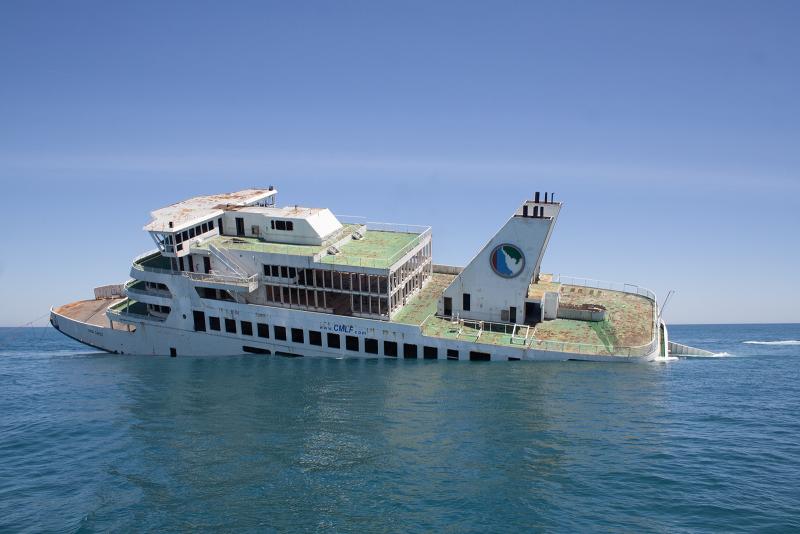Delaware Artificial Reef Guide now available
The guide to Delaware’s artificial reefs is now available from the Department of Natural Resources and Environmental Control. This guide has information about all the reefs from the Delaware Bay and the Atlantic Ocean with coordinates for the various structure found inside each reef.
All of these reefs were made without the use of any general tax money. The federal government has an excise tax on fishing equipment, and that money is returned to the states to be used for fishing projects. Jeff Tinsman was able to use the cost of donated materials to match the federal money and build reefs even before we had a general fishing license. Since the license went into effect, there has been more than enough money for reefs, boat ramps and other fishing projects.
We have also been lucky to have been in the right place at the right time.
When New York had a large number of subway cars to donate for artificial reefs, New Jersey refused to take them because the floors were made of asbestos tile. Place a piece of asbestos tile in a bucket of water and see how long it takes to dissolve. I’ll wait. Those cars now reside at Delaware Reef Site 11.
As they were dredging out the upper Delaware River, the spoils were 2 million tons of rocks. Where were they going to dispose of all those rocks? Delaware stepped up, and now we have excellent structure at Delaware reef sites in the upper Delaware Bay.
It has been my good fortune to have been on several of the sinking excursions when large ships and boats were sunk in the ocean. You would think that once they cut holes in the hull, the ship or boat would go down vey quickly. Such is not the case.
Shirley Marine out of Norfolk, Va., has been the contractor on all the sinkings I attended. Their main job is to prepare the vessel for sinking by removing any and all hazardous materials and begin the sinking by cutting some holes in the hull.
Once the tug has brought the boat to the reef site, the crew from Shirley Marine goes on board and begins to cut more holes close to and slightly below the waterline. As the water begins to enter the boat, it sits lower and water enters even more holes. Once the water reaches the deck, it is all but over. When they sank a Cape May-Lewes Ferry boat, it was over when the water went into the car bay.
Once on the bottom, it does not take long for marine life to find the structure. First it is coral and mussels and worms, then the fish move in. The ships and subway cars don’t always stay where they were put. Hurricanes and nor’easters will break up the larger ships into pieces, and they may scatter across the bottom. Subway cars collapse.
The Delaware Bay reefs have had an effect on where we fish. I used to fish the edges of shoals, but now I only fish the reefs. No more Brandywine Shoal or 14-Foot Light.
You can get a copy of the 2023-24 Delaware Artificial Reef Guide by going to de.gov/artificialreefs, where the guide can be downloaded as a PDF. Printed copies of the Delaware Reef Guide can be requested, limited to one per household while supplies last, from the same website. Use the Artificial Reef Guide Request Form. If you happen to be In Little Creek, you can pick up a copy from the DNREC Fisheries Section’s Little Creek office, 3002 Bayside Drive, Dover.
Fishing report
To the best of my knowledge, there are no head or charter boats running from Delaware ports. There are a few boats running from Ocean City, Md. They are catching tog. According to the reports I receive from them, the fish are scattered and slow to bite, but double-digit tog are not uncommon. The past week saw small-craft advisories and gale warnings, with daytime temperatures in the 40s, so I don’t think too many people went fishing from either port.
Trout season opened on two downstate ponds March 4, at Tidbury in Dover and Newton Pond near Greenwood. I had planned to fish Tidbury this week, but not in 40-degree temperatures with 20-knot winds. I just don’t love a trout that much.
Both Dan’s Tackle near Milton and Ice House Tackle near Rehoboth Beach reported excellent white perch fishing in the Broadkill River. Dan had a photo of one customer with a long stringer of big perch caught on bloodworms from the Broadkill. That catch was made from a boat. Both bloodworms and nightcrawlers seem to work on the perch along with shad darts and small spinners.
























































